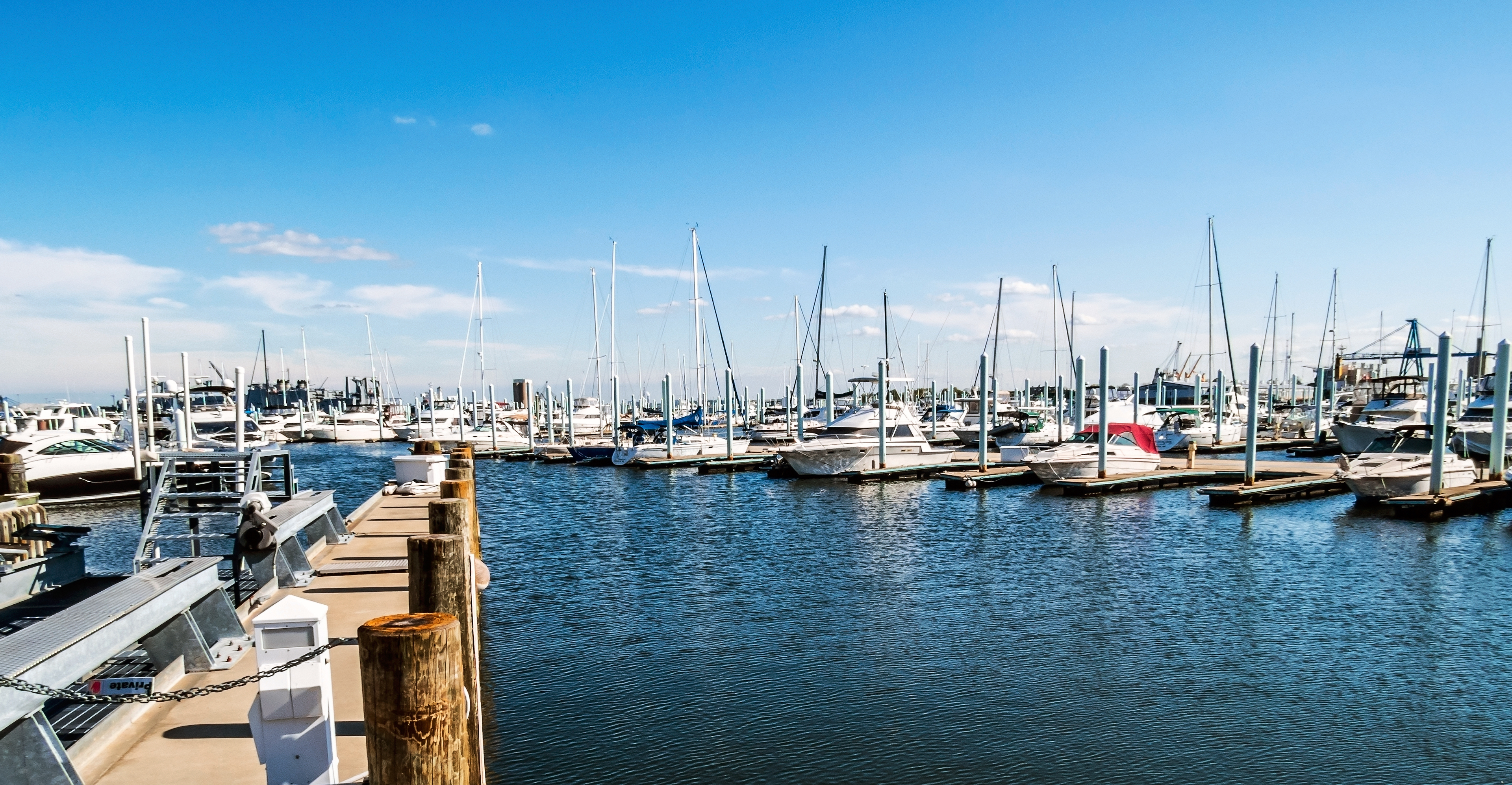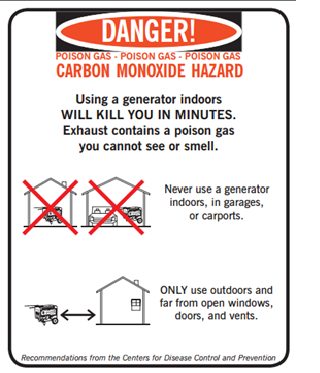Carbon Monoxide (CO)
Carbon Monoxide1
Carbon Monoxide is a colorless, odorless gas that can be harmful when inhaled in large amounts. Carbon Monoxide may be found in outdoor and indoor air. In outdoor air, carbon monoxide is emitted from vehicle combustion or other machinery that burns fossil fuels. Carbon monoxide may be released in indoor air by unvented kerosene and gas space heaters, leaking chimneys and furnaces and gas stoves.
Carbon Monoxide In Maryland4
The map below shows emergency department visit due to carbon monoxide poisoning in Maryland in 2009.

Why Should We Care 2
Carbon Monoxide is often called the “Silent Killer” because of its ability to take lives quickly and quietly when its victims never even knew they were at risk. It is undetectable to humans, being both tasteless and odorless, and in high enough concentrations it can kill within minutes. Carbon monoxide claims hundreds of lives each year, and survivors of Carbon monoxide poisoning can be left with psychological and neurological symptoms. Carbon monoxide victims could be saved through education, awareness, and simple protection.
What Can You Do3
The most important thing you can do is to install a Carbon Monoxide detector in your home and make sure the batteries are operating correctly. You should also maintain and operate combustion equipment properly.
- Make sure carbon monoxide detectors are not covered up by furniture or curtains.
- Make sure appliances are properly installed and operating with adequate ventilation.
- Never operate unvented fuel-burning appliances in any room with closed doors or windows.
- Install and use an exhaust fan vented to outdoors over gas stoves.
Where to Buy And How To Install Carbon Monoxide Detectors?6
You may purchase a detector at your local hardware store or online.
See attached for Where to Install, How to Install, and Setup and Maintenance for your detector
About Carbon Monoxide Detectors
Carbon Monoxide, Summertime, And Boating

There are certain carbon monoxide risks that occur in summertime. Large boats (such as house boats) sometimes have a generator that vent toward the rear of the boat. Individuals who are near the rear deck or water platform are at risk for carbon monoxide poisoning. Carbon monoxide can build up above the water, near the water platform, in the air space beneath the stern deck, or on and/or near the swim deck.
Traveling at slow speeds or idling in the water can cause carbon monoxide to build up in a boat’s cabin, cockpit, bridge, or in an open area.
Back drafting can cause carbon monoxide to build up inside the cabin, cockpit, and bridge when a boat is operated at a high bow angle, improperly or heavily loaded, or draws in exhaust form an opening.
This build-up is extremely dangerous and can kill someone in seconds.
How To Prevent Carbon Monoxide Poisoning On Boats5
- Install and properly maintain a carbon monoxide detector.
- Educate all passengers about the dangers of carbon monoxide poisoning.
- Swim and play away from areas where engines vent their exhaust.
- Never block exhaust outlets.
- Dock, bench, or anchor at least 20 feet away from nearest boat that is running. Exhaust form a nearby vessel can send carbon monoxide into your cabin/cockpit.
Carbon Monoxide, Genorators, And Cold Weather

Never use a generator inside homes, garages, crawlspaces, sheds or similar areas. Deadly levels of carbon monoxide can quickly build up in these areas and can linger for hours, even after the generator has shut off.
How To Prevent Carbon Monoxide Poisoning In Wintertime
- Never burn charcoal indoors. Burning charcoal gives off carbon monoxide.
- Make sure the flue is open before starting a fire in the fireplace
- Have a trained professional inspect, clean and tune-up central heating system (furnaces, flues and chimneys) annually.
- Do not run a vehicle inside a garage.
- Never use a gas range or oven for heating and make sure your gas appliances are vented out properly.
Citation
- [1] US EPA. (n.d.). Basic Information about Carbon Monoxide (CO) Outdoor Air Pollution. Retrieved February 1, 2017, from https://www.epa.gov/co-pollution/basic-information-about-carbon-monoxide-co-outdoor-air-pollution#What is CO
- [2]https://maps.dhmh.maryland.gov/epht/metadata/Carbon%20Monoxide%20Poisoning%20metadata%20-%20January%202016.pdf
- [3] US EPA. (n.d.). Carbon Monoxide’s Impact on Indoor Air Quality. Retrieved February 1, 2017, from https://www.epa.gov/indoor-air-quality-iaq/carbon-monoxides-impact-indoor-air-quality#Reduce_Exposure
- [4] https://maps.dhmh.maryland.gov/eh/epht/coed/
- [5] US CDC. (n.d.).Prevent Carbon Monoxide Poisoning on Your Boat. Retrieved February 1, 2017, from https://www.cdc.gov/co/boating.htm
- [6] Install a Smoke and Carbon Monoxide Alarm.(n.d.). Lowes, Inc. [Company Profile]. Retrieved March 22, 2017, from https://www.lowes.com/projects/utility-and-storage/install-a-carbon-monoxide-alarm-and-smoke-detector/project
- [7] Centers for Disease Control and Prevention (2014). Carbon Monoxide Poisoning: Flyers and Other Educational Materials. Retrieved February 1, 2017, from https://www.cdc.gov/disasters/co-materials.html
- [8] Centers for Disease Control and Prevention (2017). Carbon Monoxide (CO) Poisoning Prevention. Retrieved April 21, 2017, from https://www.cdc.gov/features/copoisoning/

